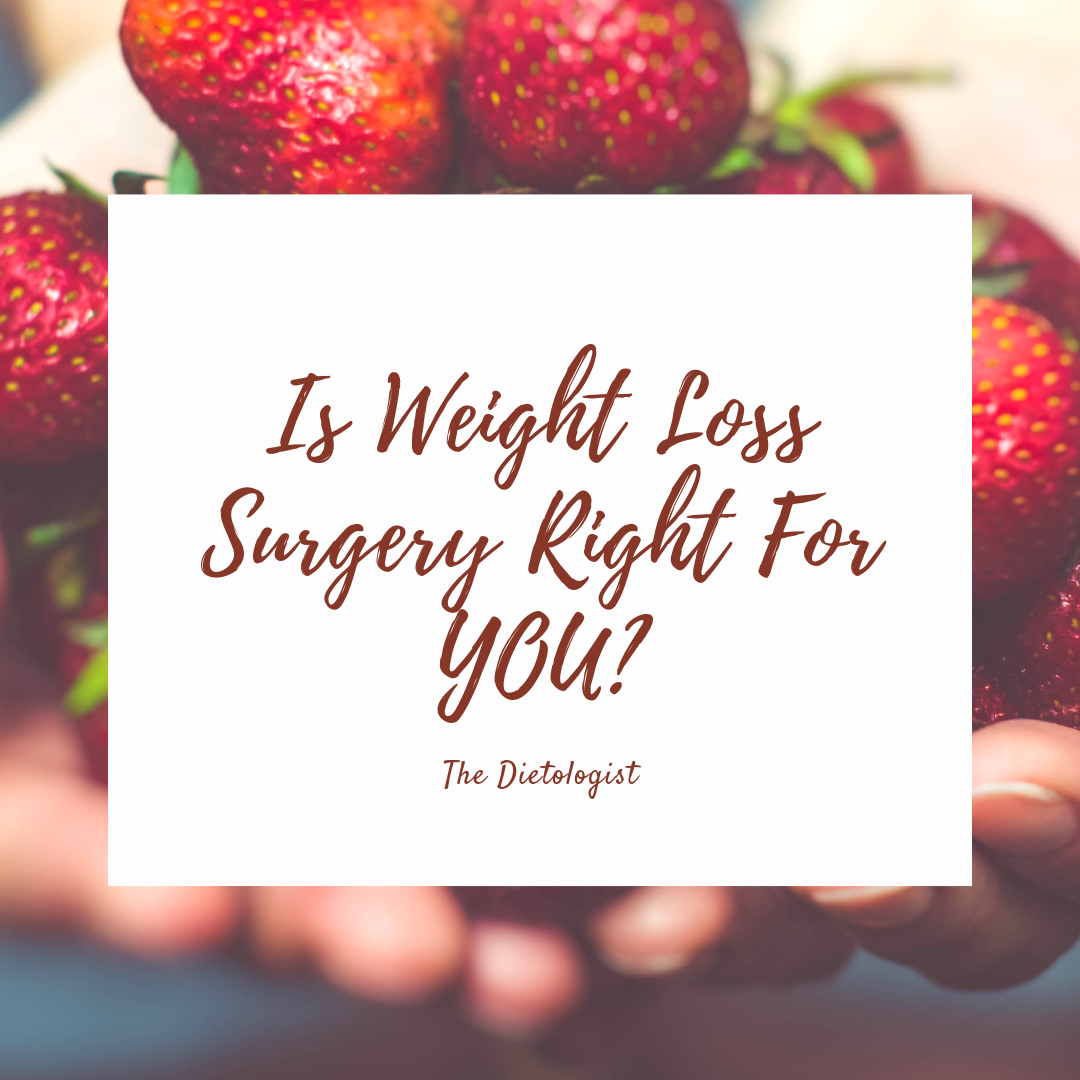WHAT CAN I EAT WITH A GASTRIC BAND?
When I speak to individuals inquiring about weight loss surgery, I often hear that they believe there are tight dietary restrictions after the procedure. The good news is that they’re not as tight as you would think! Your gastric band diet will closely resemble a regular, healthy, and balanced diet, unfortunately it will not manage emotional eating, something I help most of my patients work through to get results after weight loss surgery. After weight loss surgery you need to monitor your portion sizes, the rate at which you consume food with lifestyle and habit changes for it to be a success. What I’m saying is that you need to commit to your investment in the gastric band.

Different surgeries will affect your diet in somewhat different ways; while the band is one of the least invasive bariatric procedures, if you monitor what you eat and how you consume it, you will increase your chances of success. The small pouch above the band squeezes food through the device, tricking the brain into believing that the stomach is full. This comes down to the squeezing action of the gullet and the nerves touching the band, giving you a sense of feeling satisfied.
The gastric band is suitable for those with a lower BMI, that do not qualify for other procedures such as a gastric sleeve or gastric bypass. Techniques for maximising the effectiveness of your gastric band are well-established as the procedure has been established for some time.
The golden principles that must be followed while eating with a band are as follows:
- Chew slowly and pace your meals.
- Follow dietary guidelines
- Pay close attention to the consistency of the meals you consume.
- Avoid high-calorie soft meals and beverages.
- Reduce your intake of alcohol and "slippery" foods such as ice cream, chocolate, and soft cheeses.
Physical hunger versus emotional hunger
The band is quite good in suppressing physical hunger. Nevertheless, learning how to differentiate between physical and emotional hunger may initially be the most challenging ability to acquire.
Emotional hunger is the feeling of wanting or needing to eat while not being physically hungry. This may be due to boredom or a desire to interact with others. No weight loss surgery procedure will eliminate emotional hunger or bingeing. This is where great support comes in, you can find out more about The Dietologist Support by booking a discovery call.
Book a discovery call here
Feed Your Body with Goodness
Eating a balanced and nutritious diet with your gastric band is key, since you will be eating less and every bite counts. With a gastric band, you can consume most meals that do not cause pain. However, because you can only consume smaller portions, it is essential to incorporate meals that are high in protein but low in fat and sugar. I recommend you consume a variety of vegetables, fruits, whole grains, lean meat, and fish; however, you should chew these foods for a little longer and consume somewhat smaller quantities.
To maximise weight loss, it is essential to minimise or decrease the number of calories you ingest via soft meals and beverages. When eating soft meals, the' squeezing' of food through the stomach is less powerful, preventing the desired early sense of fullness, therefore you must be mindful of the textures and quality of the foods you consume. Consult our frequently asked questions about gastric bands to learn all you need to know.
Gastric band Frequently Asked Questions
Healthy eating involves more than simply selecting the correct meals and good quality produce; it also involves altering how you consume them. This is perhaps the single most controllable aspect of a band's success.
How should a person with a gastric band eat?
Finding a means to sufficiently slow down your eating, so that you stop eating when you are no longer hungry, rather than when you are full, is the key. You may wonder, what is the difference? There is, however, a moment before satiety at which we are content and no longer hungry. The issue is that we often consume huge quantities of food so quickly that we skip the "no longer hungry" phase and move right to "full."
Using an egg timer to slow down your eating during meals is an excellent method for determining when you are no longer hungry. According to studies, this improves weight loss outcomes. Here is how it operates:
- First, take a small bite of food (not a mouthful; a morsel is often considered to be the size of a 20-10p coin).
- Chew thoroughly 10 to 20 times
- Swallow
- Pause twenty thirty to sixty seconds to let the food pass the band
- Take the following small bite
- Chew 10 to 20 times
- Pause twenty to sixty seconds to let the food pass the band
- Repeat the procedure until you no longer feel hungry.
If you have a gastric band and can adapt these eating habits, you will have the highest chance of reaching your desired weight. Along with being more mindful of what you put on your plate, plate size (eat off a side plate) and
how you eat your meal, are the basic "rules" for success - doing enough exercise, managing stress, your relationship with food and your habits all play a part in gastric band success!
If you want to get the best results from your gastric band, come and join the
8 Week Working With Your Surgery & Emotional eating program where I’ve helped hundreds of men and women transform their weight loss results.



